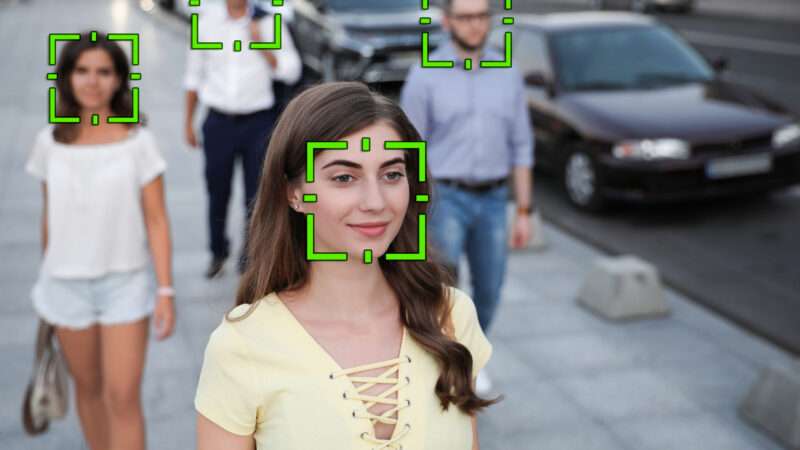
Out of the 86 federal agencies that employ full-time law enforcement officers, the Government Accountability Office (GAO) surveyed 42 of them about whether they either owned and/or used facial recognition technologies from outside suppliers. At the request of members of Congress, the GAO looked at how many agencies used the technology; why they used it; and how carefully the agencies tracked their employees’ use of the technology.
In the GAO report released yesterday, 20 agencies acknowledged that they did use facial recognition technology. Three owned internal systems, 12 used outside suppliers, and 5 both owned internal systems and used outside suppliers. The report found that 10 agencies used Clearview AI and 5 used its competitor, Vigilant Systems. Most of the agencies that acknowledged using facial recognition technology admitted to exercising little oversight of employee use of the technology and having no systems in place to protect privacy.
The report notes that the agencies generally used facial recognition for verification (matching a photo of an individual to another photo of the same person) and identification (comparing an unknown individual’s photo against a set of others to determine a potential match). For instance, the Federal Bureau of Prisons uses facial recognition to verify which of its 8,000 employees could access secure network operations centers at certain facilities. In addition, the U.S. Customs and Border Protection (CBP) uses the technology to verify the identity of certain travelers entering and exiting the country. The GAO observes that the CBP has still not implemented its earlier recommendations for assuring the accuracy of that agency’s systems and establishing privacy protections for travelers’ data.
On the other hand, six agencies, including the Federal Bureau of Investigation, the U.S. Marshals Service, and the U.S. Capitol Police, reported using facial recognition technology from May through August 2020 to support criminal investigations related to civil unrest, riots, and protests following the police murder of George Floyd in Minneapolis. In addition, three agencies used facial recognition technologies seeking to identify suspects in the wake of the January 6, 2021, attack on the U.S. Capitol by supporters of former President Donald Trump.
The only reported real-time surveillance use of the technology was a now-discontinued experiment by the Secret Service that tracked volunteers as they went about their jobs in the White House complex.
One of the chief findings of the GAO report is that 13 of the surveyed agencies actually have no real idea how their employees are using outside systems in their investigative activities. In addition, most of the agencies have never formally assessed the privacy and accuracy-related risks of using non-federal facial recognition systems.
“Facial recognition is out of control, and it’s only getting worse,” said Surveillance Technology Oversight Project Executive Director Albert Fox Cahn in a statement. “It’s alarming that six federal agencies targeted facial recognition at BLM protesters. In a democracy, police should not be allowed to use surveillance to punish dissent. While the GAO’s findings are alarming, their recommendations don’t go far enough. We don’t need facial recognition regulations, we need a full ban. We can’t wait for Congress to act, so we are calling on President Biden to issue a moratorium on federal facial recognition.”
Similarly, the Electronic Privacy Information Center observes that the “GAO finds widespread use of facial recognition without adequate privacy protections.” EPIC adds that earlier this month it had “joined over 40 other organizations to detail the issues with law enforcement’s use of facial recognition and call for a law enforcement ban on the technology’s use.”
Civil liberties advocates are right to worry that expanding police use of facial recognition technologies has already placed essentially all Americans in a perpetual lineup. The longer-term concern, however, is that the ongoing normalization of cyber-surveillance will anesthetize the public and eventually enable law enforcement to begin using the technology for pervasive real-time surveillance. Deploying such tech would essentially turn our faces into ID cards on permanent display to the police.
from Latest – Reason.com https://ift.tt/2TeQKOp
via IFTTT